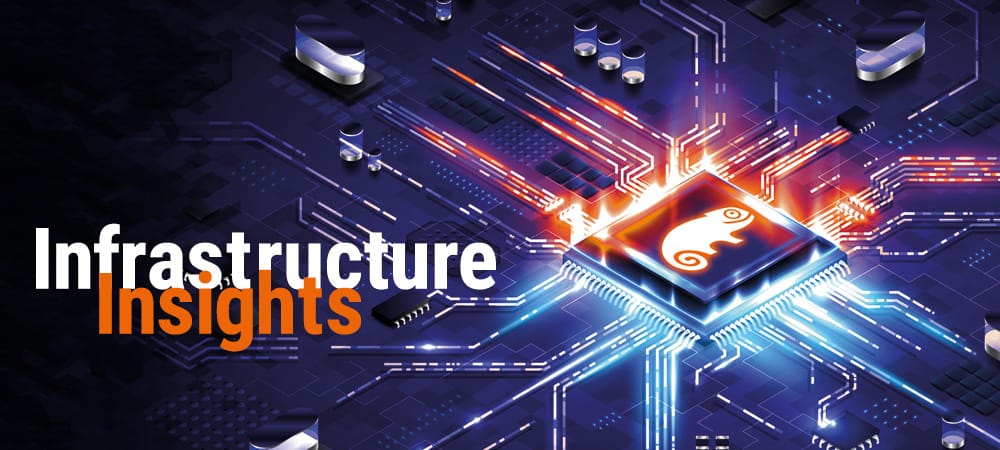Contract or Product Conversion?


In most cases, it is not the lack of processes or much-needed real-time links that drive a company to switch to S/4. It is usually the pressure to switch to the new technology within the timeframe defined by SAP. In most cases, Hana databases already exist in the companies, which are often still lolling around unused in the sun or are only used marginally. With S/4, the company's own processes also run efficiently and you can get back to your day-to-day business. Here, however, we want to focus more on the effects on licensing costs.
To move to the S/4 world, SAP offers the brownfield approach, Product Conversion, or the new contract approach, Contract Conversion. Both variants have their advantages and disadvantages. It depends on many points which path one ideally takes.
Advantages and disadvantages
With the product conversion, the legacy license portfolio can be left largely as it is. Two additional components must be purchased from SAP during the conversion: the Hana Runtime Edition for Applications & SAP BW - New/Subsequent and the S/4 Enterprise Management for ERP Customers, as a flat fee around 9000 euros. Now you have the option of continuing to use your old licenses as usual and only touching the usual processes to a limited extent - however, the deadline here is 2027. By this time, the company must have switched completely to the S/4 product line, otherwise additional costs will arise due to further maintenance costs.
The disadvantage of product conversion is the lack of license optimization options. This means that the existing shelfware remains on the shelf. The old contracts also remain in place, only a new one is added. With Contract Conversion, the new contract approach takes effect. The company has the option of returning all existing license values in full to SAP and offsetting them as a credit against the new S/4 contract. This means that new purchases can now be made. Once the contract has been signed, only the one new contract is valid, which brings real transparency to license management. This sounds tempting at first, but the devil is in the details here, too: SAP must approve the contract conversion and usually only does so if the new contract is at least ten percent higher than the old contract.
Since many products are measured differently under S/4 than in the old ERP world, you often have to compare apples and oranges. The user license costs may be reduced, but a new metric is added. The topic of digital access, which is still treated stepmotherly by the majority of companies, is a new addition.
However, there is also an advantage in contract conversion: With a precise user analysis, optimization potential can be found and exploited in the largest license block. SAP's matching table for this is very rough. Such an analysis determines which user does what and which S/4 license will really be needed in the future. This can open up huge optimization potential. A shelfware analysis with return also saves money in the future.
That leaves SAP's approach of ten percent more revenue and the relatively stringent conversion from old to new. If the company manages to plan as far into the future as possible so that no further costs are incurred in the following years, a win-win situation can arise here. With an exact analysis and full knowledge of the future S/4 licensing landscape, it may be possible to achieve cost neutrality despite a one-time additional payment that occurs in both conversions. Exactly this analysis should be carried out, then it will also work with S/4!




